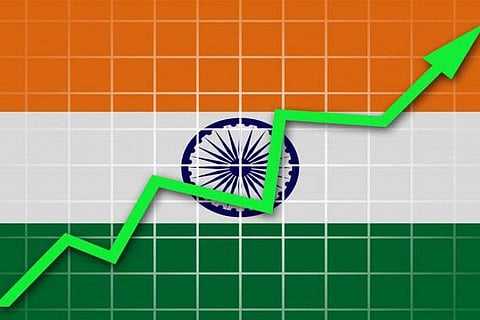

Chennai
They are also occasions to take stock, to examine where we have arrived since then, to record our successes and parse our failures. The 30th year of the July 1991 economic liberalisation is an occasion to do both. What happened, and the immediate impact thereof is fairly uncontested.
There is no denying that it was in that month, the economic face of India was altered dramatically. Caught in a horrible balance of payments crisis, the Narasimha Rao government was compelled to liberalise the economy, an approach that was reflected most tellingly in its July 24 budget. It could be argued, as some persuasively have, that the seeds for reform were sown a little earlier during Prime Minister Chandra Shekhar’s time. But there is no denying that the radical break was fully manifest only this month three decades ago.
The more important thing is to see what liberalisation has done for us 30 years down the line. That we have risen to one of the world’s top five economies in terms of GDP is not disputed. Also not in dispute is the sharp increase in per capita income, and that the country enjoyed a much higher level of growth since then, particularly in the first couple of decades. What a section of economists, particularly those of an extremely left-leaning nature, contest is whether liberalisation has pulled a significant number of people above the poverty line. One of the problems with consensus on this issue relates to where the line should be drawn, but there is no doubt that millions have been pulled out of poverty since then.
At the same time, it is imperative to remember that many millions – and estimates about how many vary widely – are still locked in the poverty trap. Also, as they have in other countries that have liberalised such as China, economic inequalities have increased significantly. Of course, the huge spurt in growth in the early years has spluttered now and then and the bold reforms of 1991 have not been extended to certain areas, especially land and labour, the two political hot potatoes. Some economists believe we have not followed up adequately enough on 1991 and that the work remains half done.
It is significant that despite being governed by a single party, which is ostensibly pro-reform, the Narendra Modi government has stepped very cautiously in opening the doors wider. The licence-permit-quota raj may have been largely dismantled, but Indian business still has to negotiate a cumbersome and unfriendly plethora of rules and regulations. At the end of the day, GDP growth cannot be an end in itself.
In the longer run, economic reform must deliver on eliminating poverty, reducing inequality and creation of cost-effective delivery of public services. There is a parallel sector that needs urgent reform to create a healthy economic environment. We need to clean up the broken criminal justice system, find ways to drastically reduce judicial delays, and rid both the public and the private sector of corruption and cronyism. Real economic freedom isn’t merely about empowering people to take economic decisions. It is also about creating the conditions where there is freedom from corruption, inefficiencies, nepotism and the baneful influence of political patronage.
Visit news.dtnext.in to explore our interactive epaper!
Download the DT Next app for more exciting features!
Click here for iOS
Click here for Android